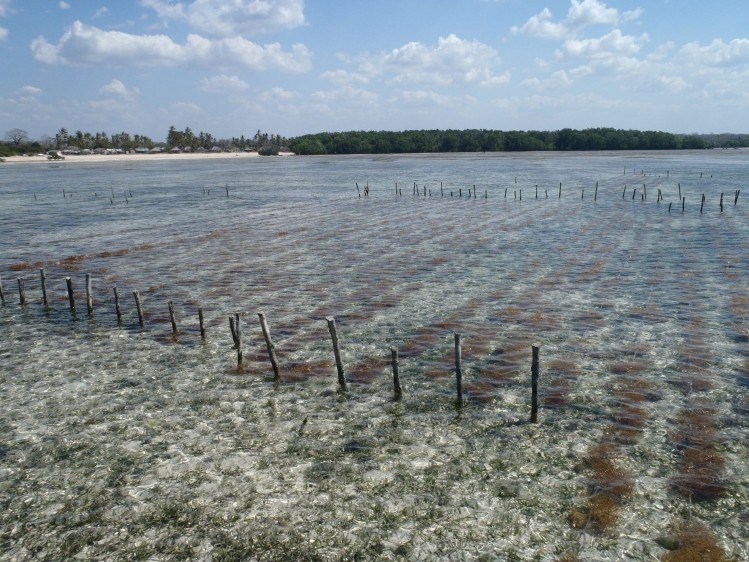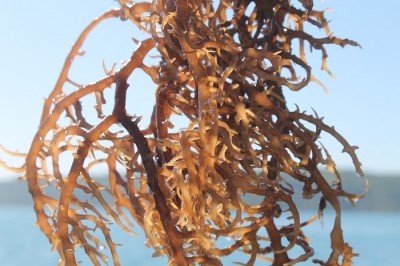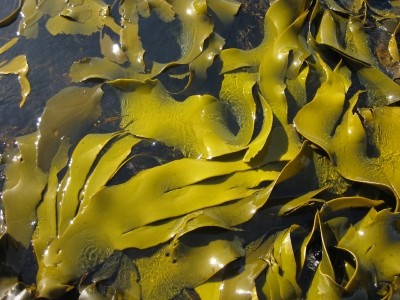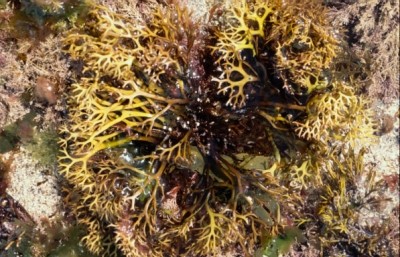Cargill cultivates carrageenan supply chain

Carrageenans provide gelling, thickening and stabilising properties for food products and are typically derived from wild red seaweeds. However in recent years Cargill has observed that these species are particularly susceptible to unpredictable events like natural disasters and terrorist attacks. Cargill’s “new generation” carrageenan range marks a shift from wild to cultivated, while maintaining the same or near-same functionality.
Risky business
“The market for wild red seaweeds, from which some carrageenans are traditionally derived, has become volatile and extremely tight in recent years,” said the company. “This is due to raw material scarcity caused by environmental factors, as well as local production quotas impacting supply and continuously increasing demand.”
"We want to anticipate and prevent everything that we can prevent,” Fabrice Bohin, head of hydrocolloids and European functional system business at Cargill Texturizing Solutions, told FoodNavigator. “We saw things coming many years ago and we prepared ourselves.”
Cargill hopes that reducing this supply chain uncertainty with risk management solutions like having professional buyers and crop analysts present locally will secure more predictable end pricing and encourage manufacturer confidence in the ingredient.
“The supply and demand is very, very tight [making it] difficult to get the raw material, putting a very high pressure on the price and driving the price to sky rocket in some cases,” Bohin explained.
Changing location and species, keeping functionality
As a result the company has diversified to different seaweed species beyond wild red seaweeds and varied also the locations from which the commodity is sourced.
Bohin said Cargill has invested in farms all over the world in Asia, Africa as well as other locations the company refrained from specifying due to the competitive advantage they provide.
Cultivated seaweeds are grown in warm seas, while wild seaweeds are grown in cold sea temperatures like Chile. This geographical and species variation means that if something goes wrong with one source Cargill will still be able to maintain supply from elsewhere.
“Cultivated seaweeds are actually not the same species and the functionality you get out of the raw material is pretty unique. So what we’ve done is worked on expanding on our knowledge of the raw material – full cultivated seaweed – and with improved and adjusted processes we were able to develop a range of products that are less dependent, or not dependant at all, on these types of [wild] seaweed,” said Bohin.
“We have adjusted the processes and recipes in a way that we can match the texture of the finished product with those kinds of raw materials,” he explained.
New, cultivated range
The Satiagel range includes several different products designed for use in hot and cold filled creamy and demouldable desserts, dairy beverages and to enable quicker gelation and faster demoulding within the confectionery market.
"This is a product that allows you to have a very wide spectrum of textures but also to be coated by chocolate, for example, which is something which is very much requested in some parts of the world, in emerging regions, etc," Bohin said.
























